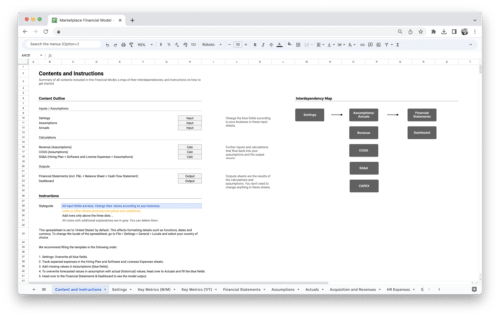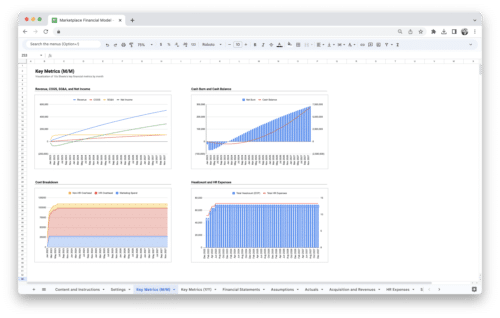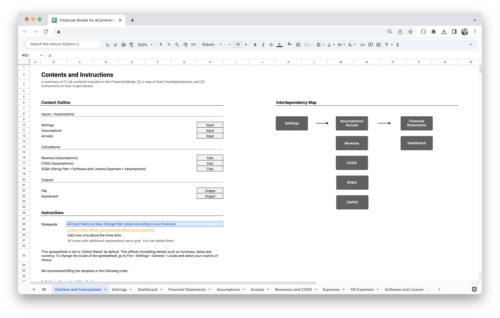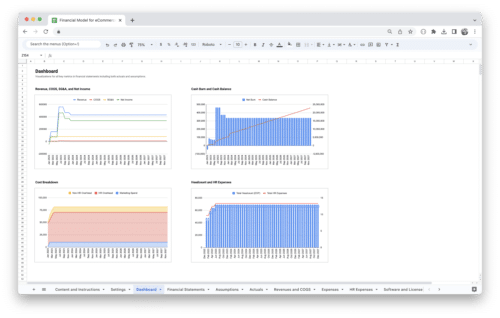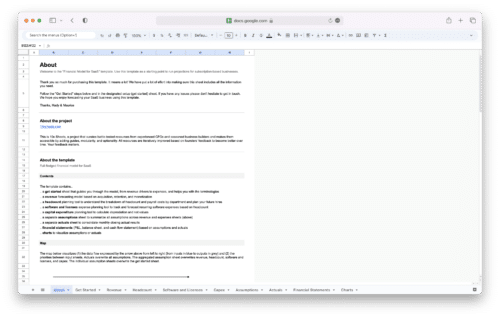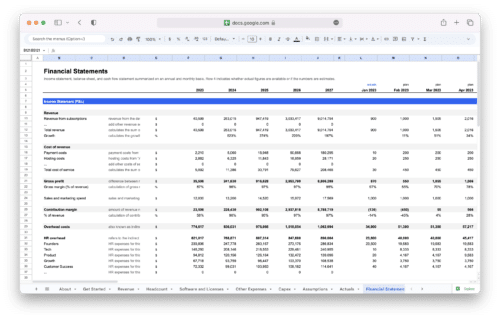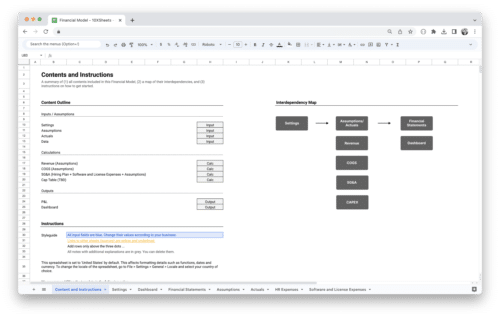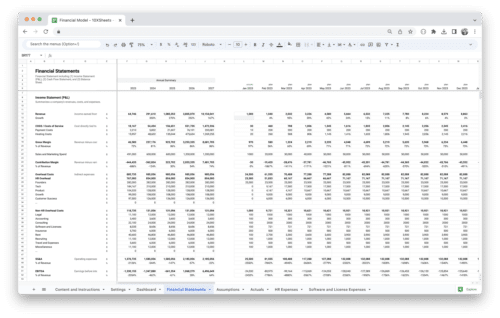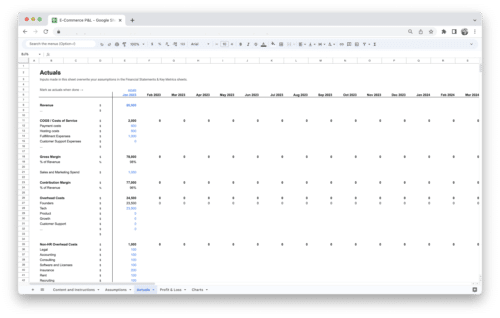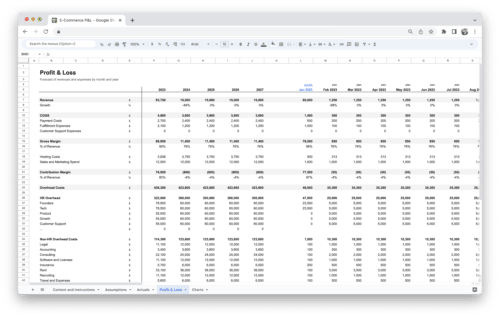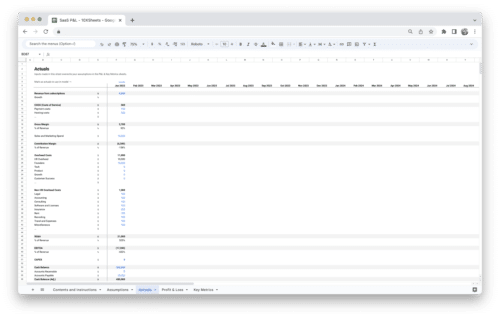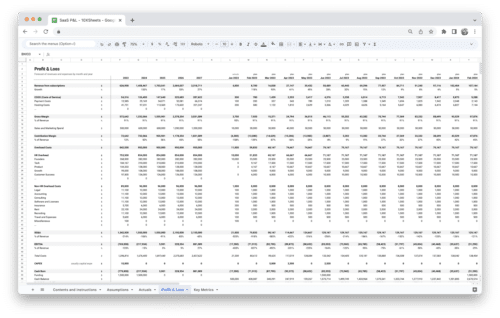
- What Are Performance Metrics?
- Key Types of Performance Metrics
- How to Choose the Best Performance Metrics for Your Business?
- Examples of Performance Metrics in Action
- How to Implement Performance Measurement Systems?
- How to Analyze Performance Metrics?
- How to Drive Performance Improvement?
- How to Communicate Performance Metrics Effectively?
- Overcoming Challenges in Performance Measurement
- Conclusion
Are you striving to understand how your business is performing and where it can improve? Performance metrics are the compass that guides organizations through the vast landscape of data, helping them navigate toward success. In today’s fast-paced business world, having a clear understanding of performance metrics is crucial for making informed decisions and driving growth. Whether you’re a small startup or a multinational corporation, performance metrics provide invaluable insights into your operations, finances, customers, and employees.
By measuring key indicators of performance, you can identify strengths, uncover weaknesses, and chart a course for improvement. This guide is designed to demystify the world of performance metrics, offering practical insights, actionable strategies, and real-world examples to help you harness the power of data and propel your business forward.
What Are Performance Metrics?
Understanding the definition of performance metrics is fundamental to grasping their significance and application in business contexts. Performance metrics are quantitative measures used to assess and evaluate the effectiveness, efficiency, and success of various aspects of business operations. These metrics provide actionable insights into key performance areas, allowing organizations to track progress, identify areas for improvement, and make informed decisions.
Performance metrics can encompass a wide range of factors, including financial performance, operational efficiency, customer satisfaction, employee productivity, and more. By defining and measuring performance metrics accurately, organizations can gain valuable insights into their performance and take proactive steps to optimize processes, drive growth, and achieve strategic objectives.
Importance of Performance Metrics in Business
Performance metrics play a crucial role in helping businesses measure, manage, and improve their performance across various functions and departments. Here are several reasons why performance metrics are essential in business:
- Data-Driven Decision Making: Performance metrics provide objective, quantifiable data that informs decision-making at all levels of the organization. By relying on data rather than intuition or guesswork, businesses can make more informed, evidence-based decisions that drive success.
- Goal Setting and Monitoring: Performance metrics enable organizations to set clear, specific goals and monitor progress towards achieving them. By establishing measurable targets and tracking performance against these targets, businesses can stay focused and accountable for their objectives.
- Identifying Areas for Improvement: Performance metrics highlight areas of strength and weakness within the organization, allowing businesses to identify opportunities for improvement and optimization. By pinpointing inefficiencies or bottlenecks, businesses can take targeted actions to enhance performance and drive growth.
- Driving Accountability: Performance metrics create accountability by establishing clear expectations and benchmarks for performance. When employees and teams are held accountable for their performance against predefined metrics, they are more motivated to deliver results and strive for excellence.
- Aligning Efforts with Objectives: Performance metrics help align the efforts of individuals, teams, and departments with overarching organizational objectives. By ensuring that everyone is working towards common goals and priorities, businesses can achieve greater cohesion and synergy across the organization.
- Monitoring Progress Towards Strategic Goals: Performance metrics enable businesses to track progress towards strategic goals and initiatives. By measuring key indicators of success, businesses can gauge whether they are on track to achieve their long-term vision and make course corrections as needed.
- Enhancing Customer Satisfaction: Performance metrics related to customer satisfaction and loyalty provide valuable insights into the customer experience. By measuring factors such as Net Promoter Score (NPS) or customer retention rate, businesses can identify areas where they can improve customer service and drive loyalty.
- Optimizing Resource Allocation: Performance metrics help businesses allocate resources effectively by identifying areas of high performance and return on investment. By reallocating resources to high-impact areas and deprioritizing low-performing activities, businesses can optimize their use of time, money, and manpower.
- Benchmarking and Competitive Analysis: Performance metrics allow businesses to benchmark their performance against industry peers and competitors. By comparing performance against industry averages or best practices, businesses can identify opportunities for differentiation and competitive advantage.
Overall, performance metrics serve as a critical tool for driving continuous improvement, fostering accountability, and achieving strategic objectives in today’s dynamic and competitive business environment. By leveraging performance metrics effectively, businesses can enhance their agility, resilience, and long-term success.
Conclusion
Mastering performance metrics is essential for any business looking to thrive in today’s competitive landscape. By leveraging the right metrics, organizations can gain valuable insights into their performance, identify areas for improvement, and make data-driven decisions that drive growth and success. From financial metrics like revenue and profitability to operational metrics like efficiency and productivity, performance metrics provide a comprehensive view of your business’s health and trajectory. By implementing effective measurement systems, communicating metrics clearly, and fostering a culture of continuous improvement, businesses can unlock their full potential and achieve their strategic objectives.
In the ever-evolving business world, the journey towards success is paved with data-driven insights and informed decision-making. By embracing performance metrics as a guiding beacon, businesses can navigate challenges, seize opportunities, and stay ahead of the curve. With the right tools, strategies, and mindset, performance metrics become more than just numbers – they become the catalyst for innovation, growth, and sustainable success.
Get Started With a Prebuilt Template!
Looking to streamline your business financial modeling process with a prebuilt customizable template? Say goodbye to the hassle of building a financial model from scratch and get started right away with one of our premium templates.
- Save time with no need to create a financial model from scratch.
- Reduce errors with prebuilt formulas and calculations.
- Customize to your needs by adding/deleting sections and adjusting formulas.
- Automatically calculate key metrics for valuable insights.
- Make informed decisions about your strategy and goals with a clear picture of your business performance and financial health.

